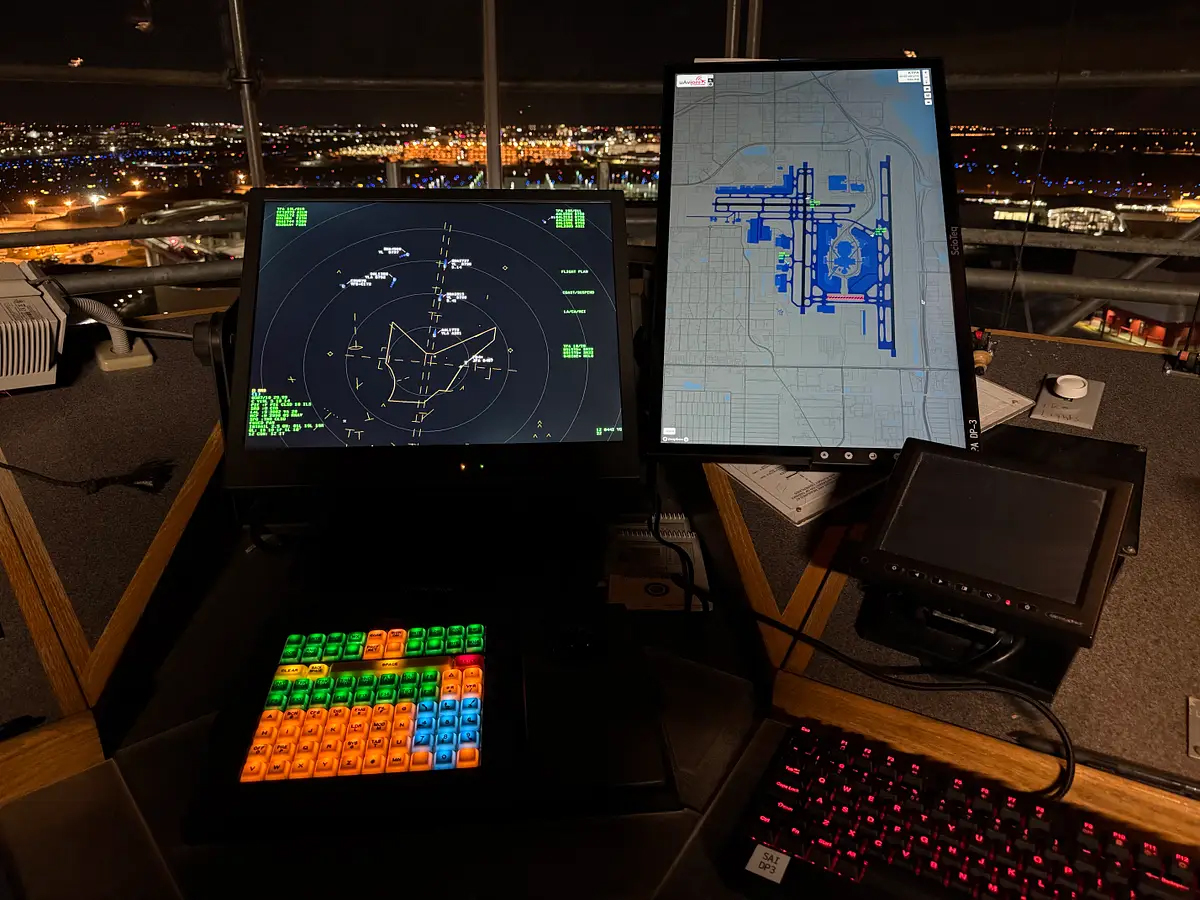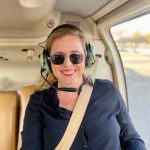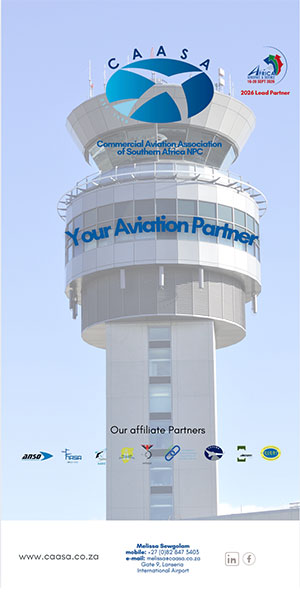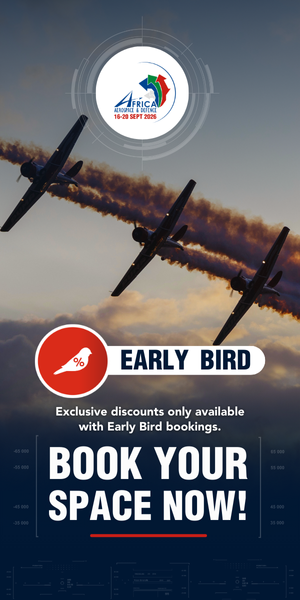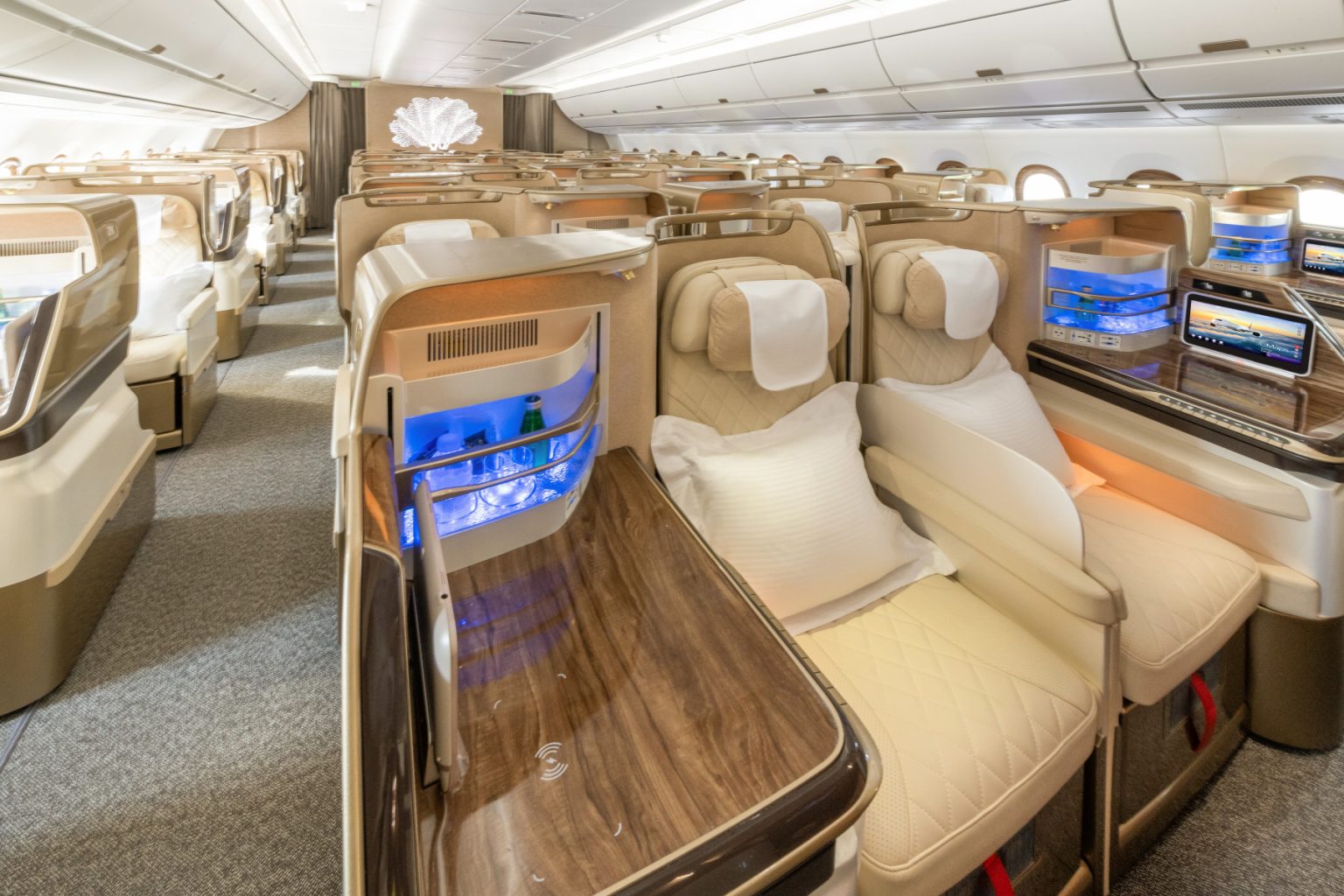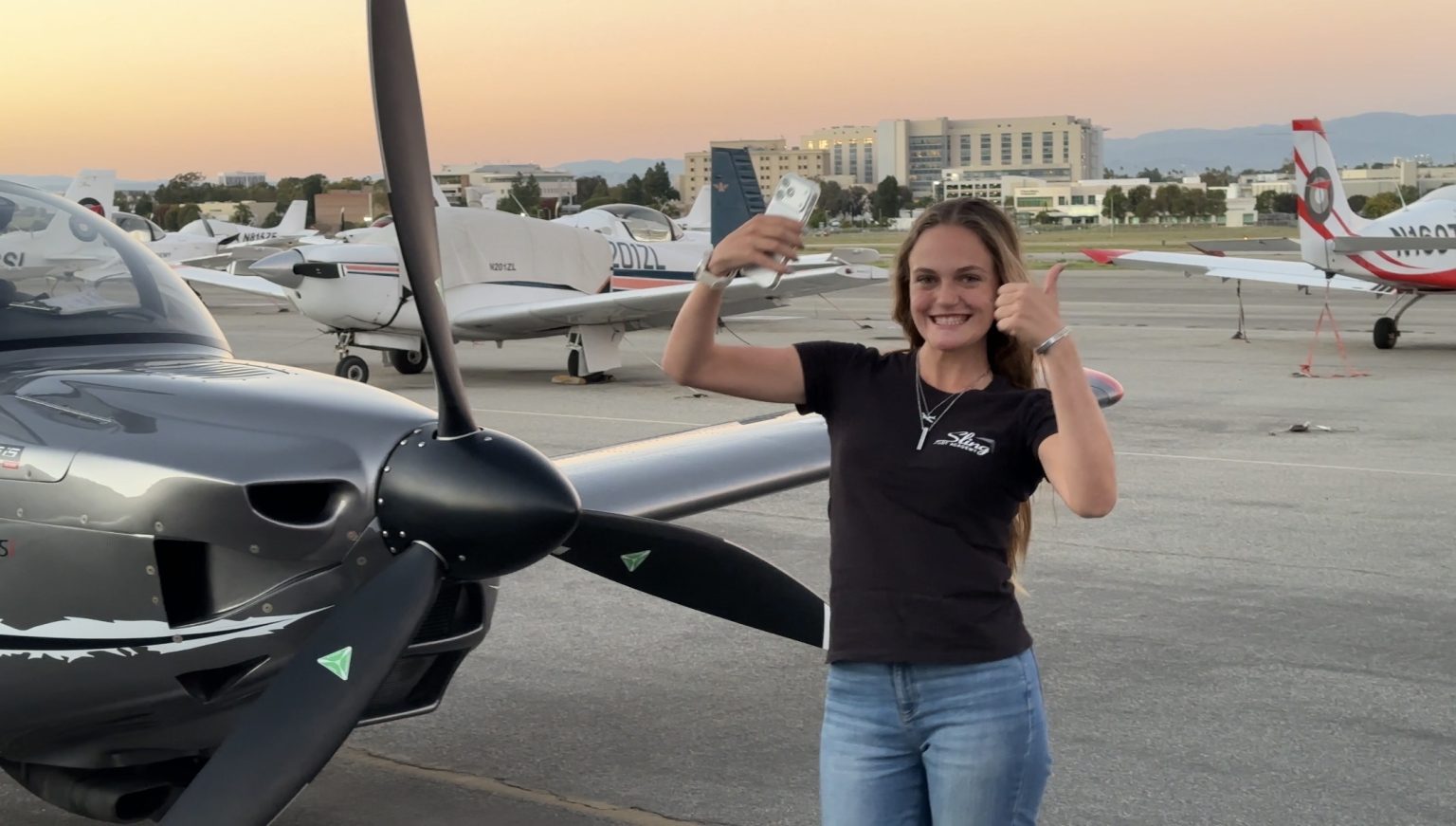SSASS Holdings recently visited Wonderboom National Airport in Pretoria, South Africa, to showcase a new generation of air traffic surveillance solutions developed by uAvionix Corporation.
This demonstration provided an insightful look into how their innovative FlightLine technology, along with other uAvionix products, can revolutionise airspace management, enhance safety, and provide cost-effective alternatives to traditional radar systems.
We got in touch with Dean Polley, the Director at SSASS Holdings to find out more about this demonstration and what it means for the African aviation sector.
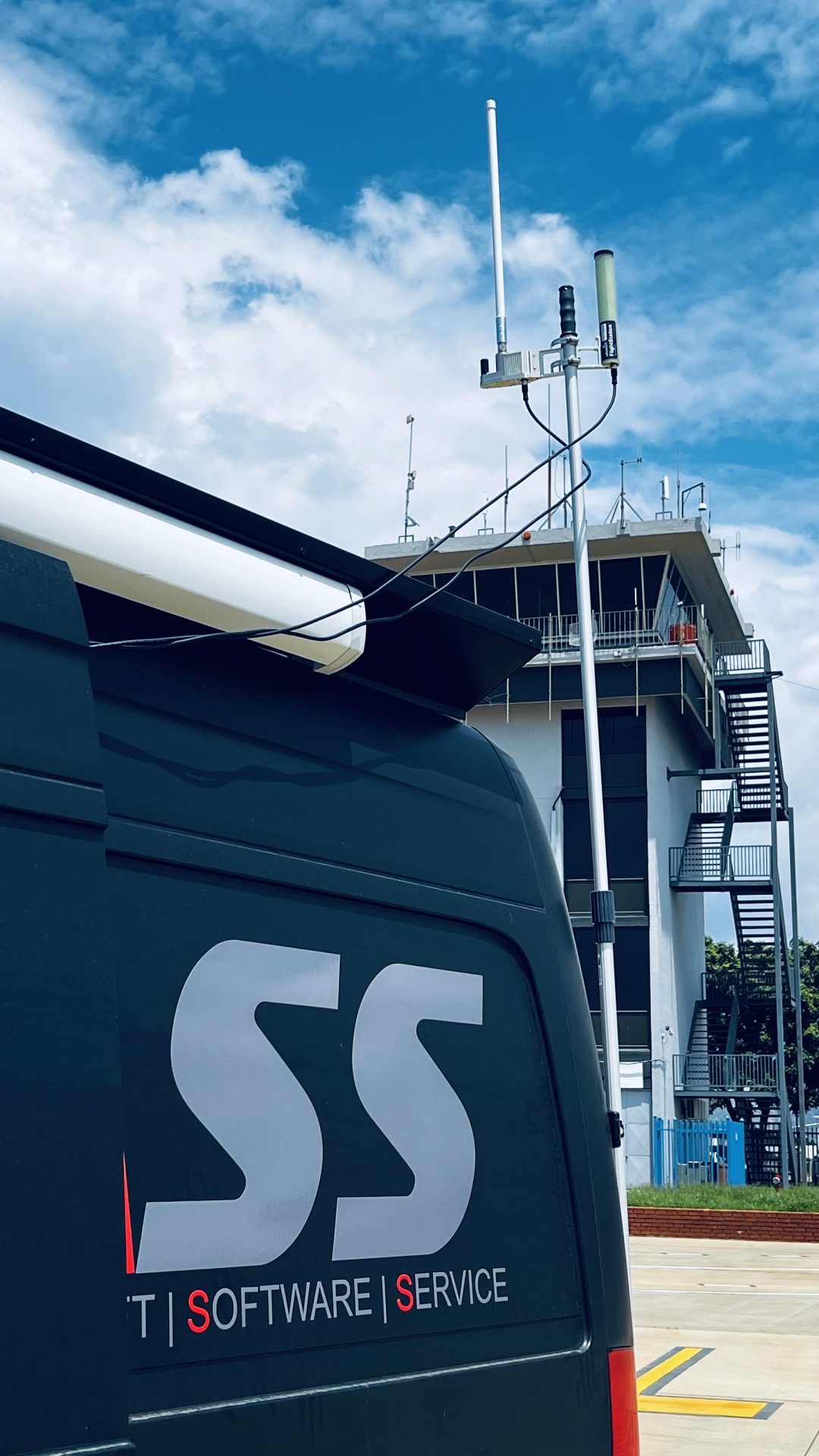
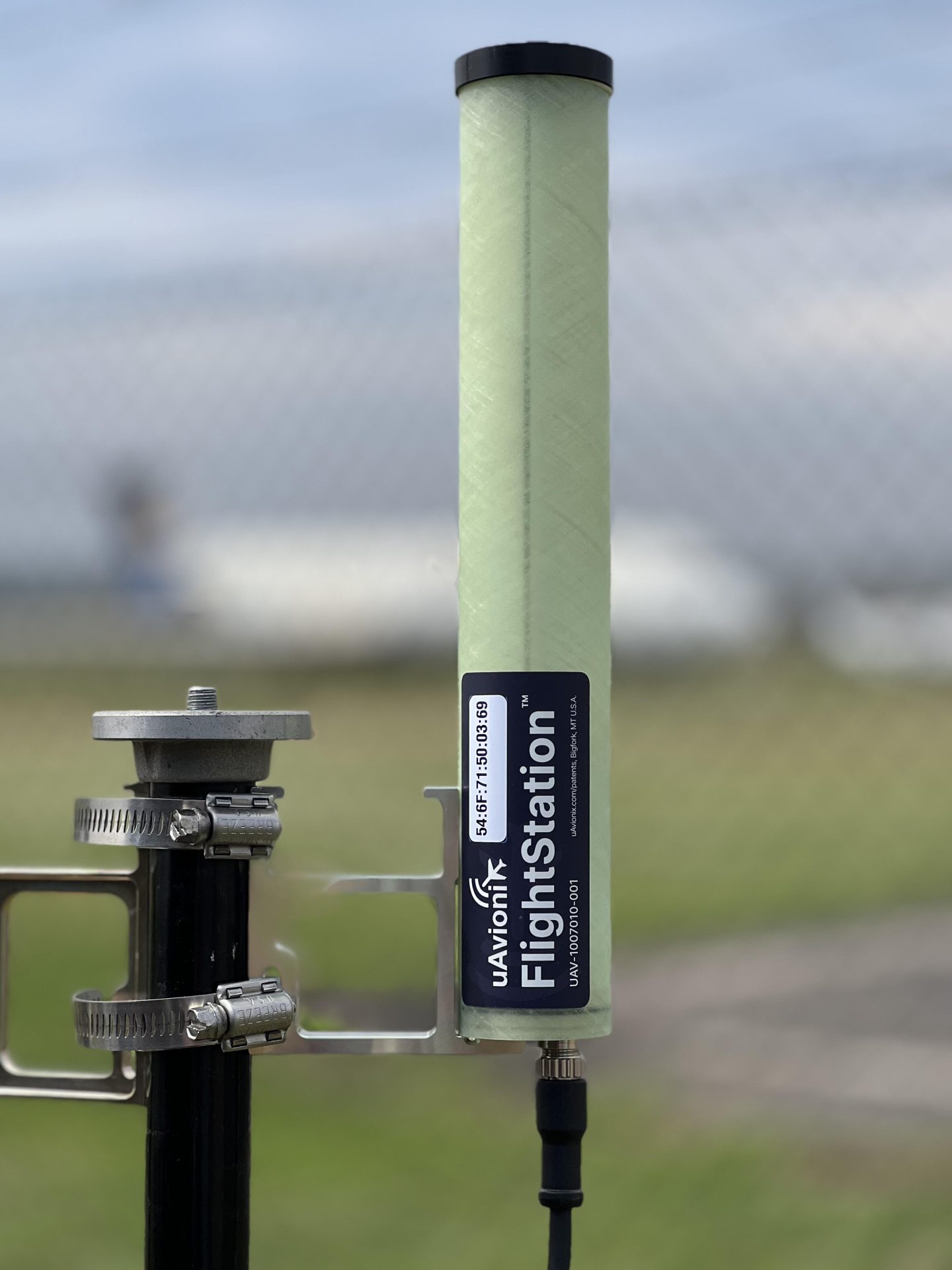
Q: What inspired SSASS Holdings to bring these uAvionix Corporation solutions to the African market?
A: It all started back in 2017 with an enquiry from a client about whether we could supply a Mode S transponder for a drone. Since the inception of Part 101 in July 2015, it has been mandatory for a drone to be equipped with a Mode S transponder when operating in controlled airspace. As our business model is solutions-focused, I researched what was available in the market that would meet these transponder requirements. I found uAvionix Corporation, a US-based company that had brought to market the smallest, lightest, and most cost-effective Mode S ADS-B transponder in the world.
Not initially fully understanding the role of transponders in aviation, especially the reference to ADS-B, I researched the subject matter further. With the pending ADS-B mandate that was due to be implemented in the US in January 2020, the concept of deploying ADS-B transponders on drones made sense for enhancing air safety and safely integrating drones into the national airspace. I enquired about entering into a reseller agreement for the African region, and the agreement was put into place. uAvionix’s product portfolio has since expanded to include low-cost ADS-B solutions for light sport aircraft.
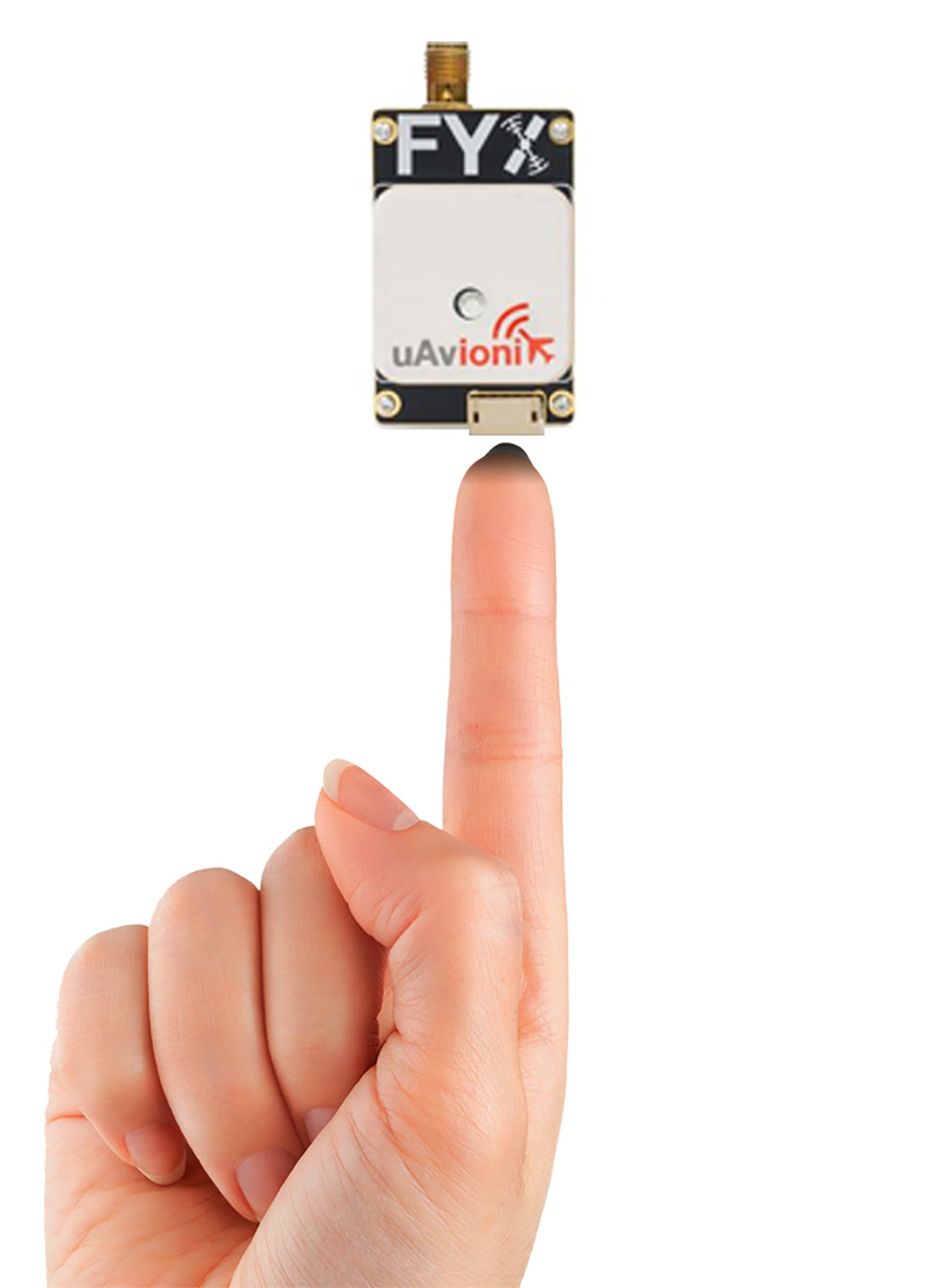
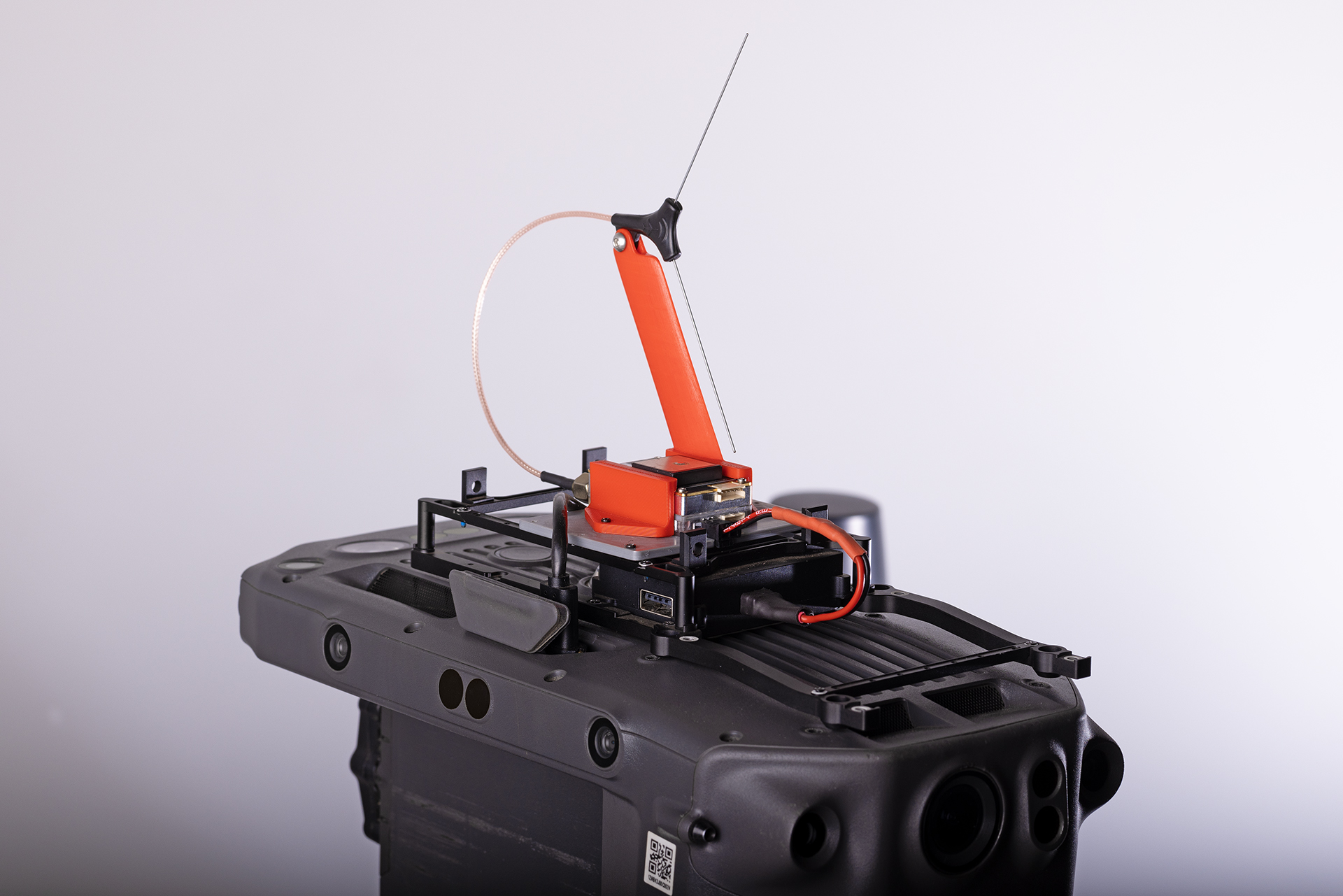
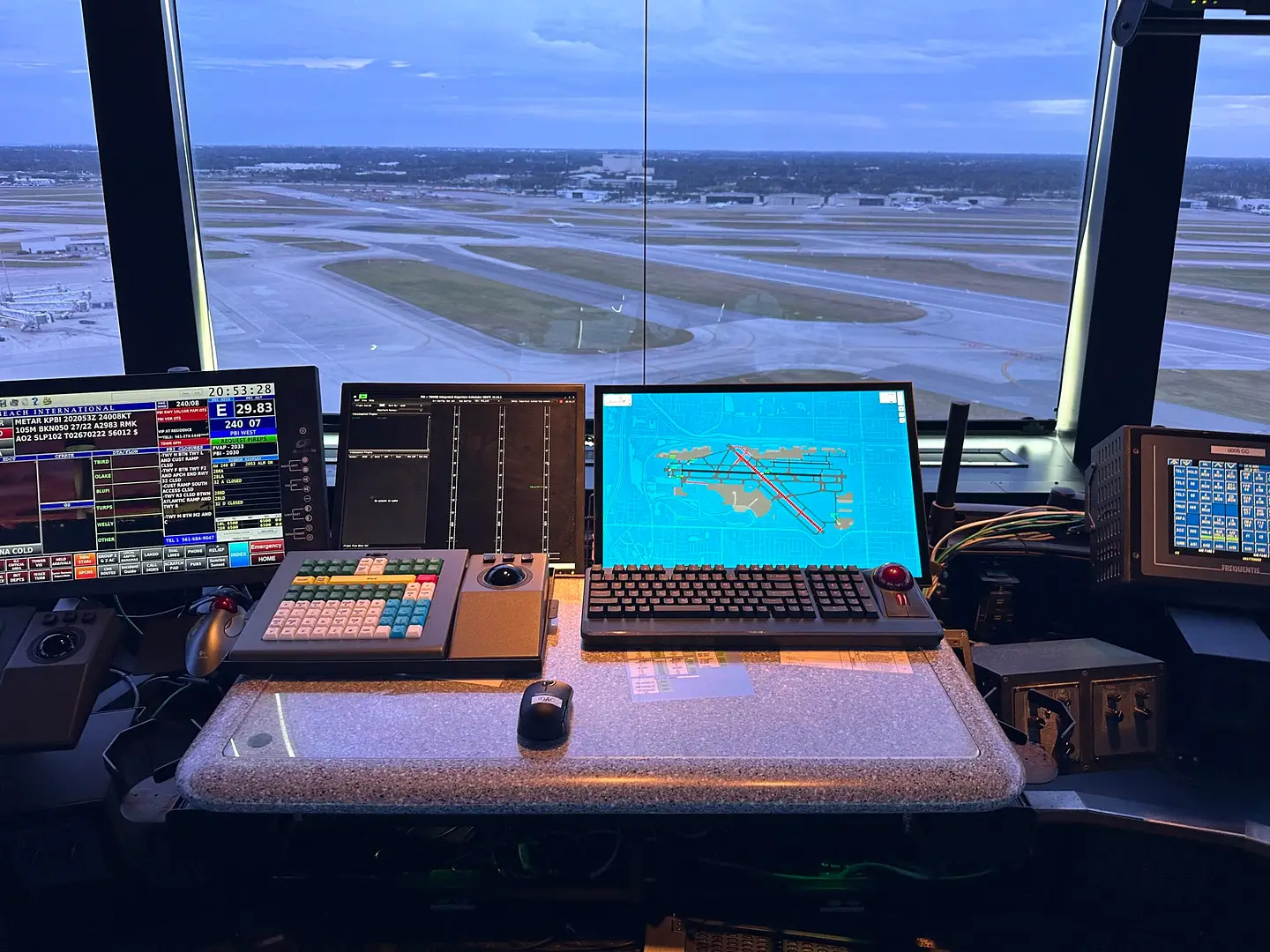
Q: During the demonstration at Wonderboom National Airport, what was the key takeaway or finding you wanted to highlight for ATNS and Air Traffic Controllers?
A: I demonstrated the new FlightLine solution, which comprises the hardware component, a FlightStation ADS-B receiver, and a software component, the cloud-based FlightLine software application. The key takeaway was the ability to rapidly deploy an ADS-B surveillance solution at a smaller regional airport like Wonderboom Airport, with minimal infrastructure requirements, minimal computing hardware, and significantly reduced costs.
In the absence of any surveillance technology currently, air traffic controllers at Wonderboom Airport will have instantly improved air traffic situational awareness by being able to monitor ADS-B-equipped air traffic in their controlled airspace on a large computer screen or TV monitor.
Q: What feedback did you receive from the Air Traffic Controllers and ATNS representatives during the demonstration at Wonderboom?
A: The feedback was very positive, and they immediately saw the benefits of the system. They are presenting a proposal to senior ATNS management to seek approval to install the first FlightLine system at Wonderboom on a trial basis. They also spoke about rolling the system out to other smaller regional airports, subject to the outcomes of the trial at Wonderboom Airport.
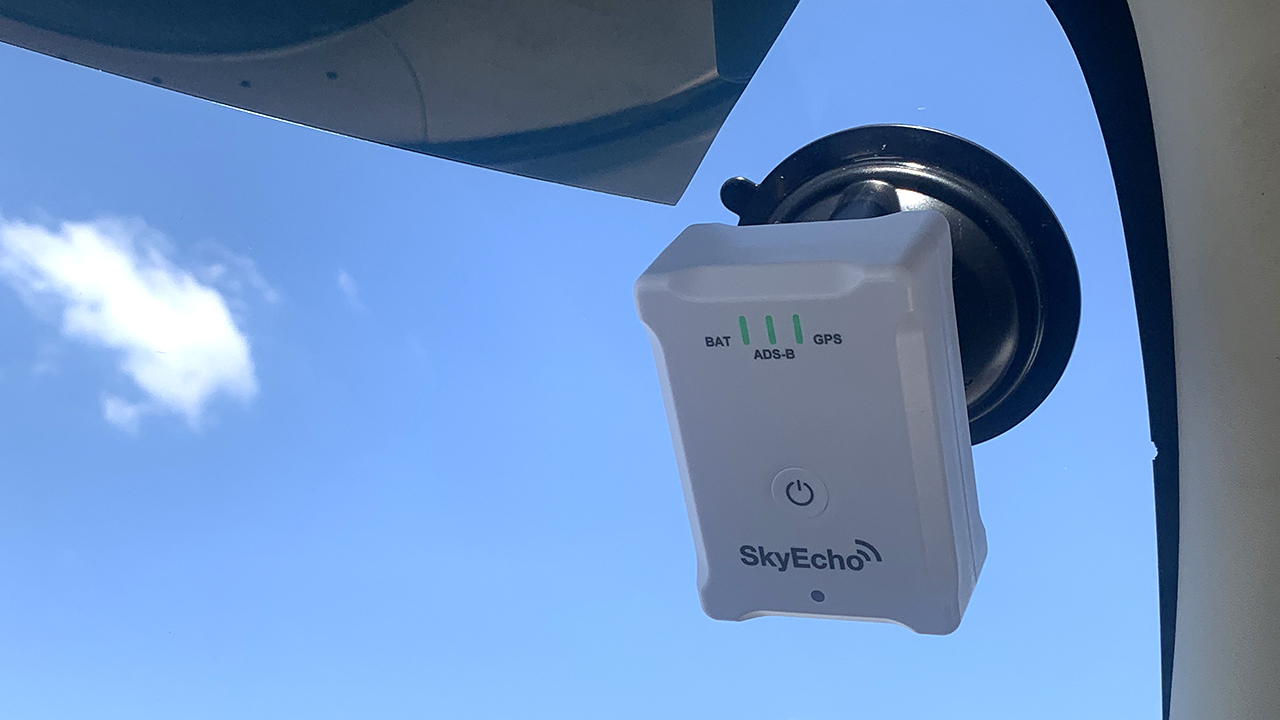
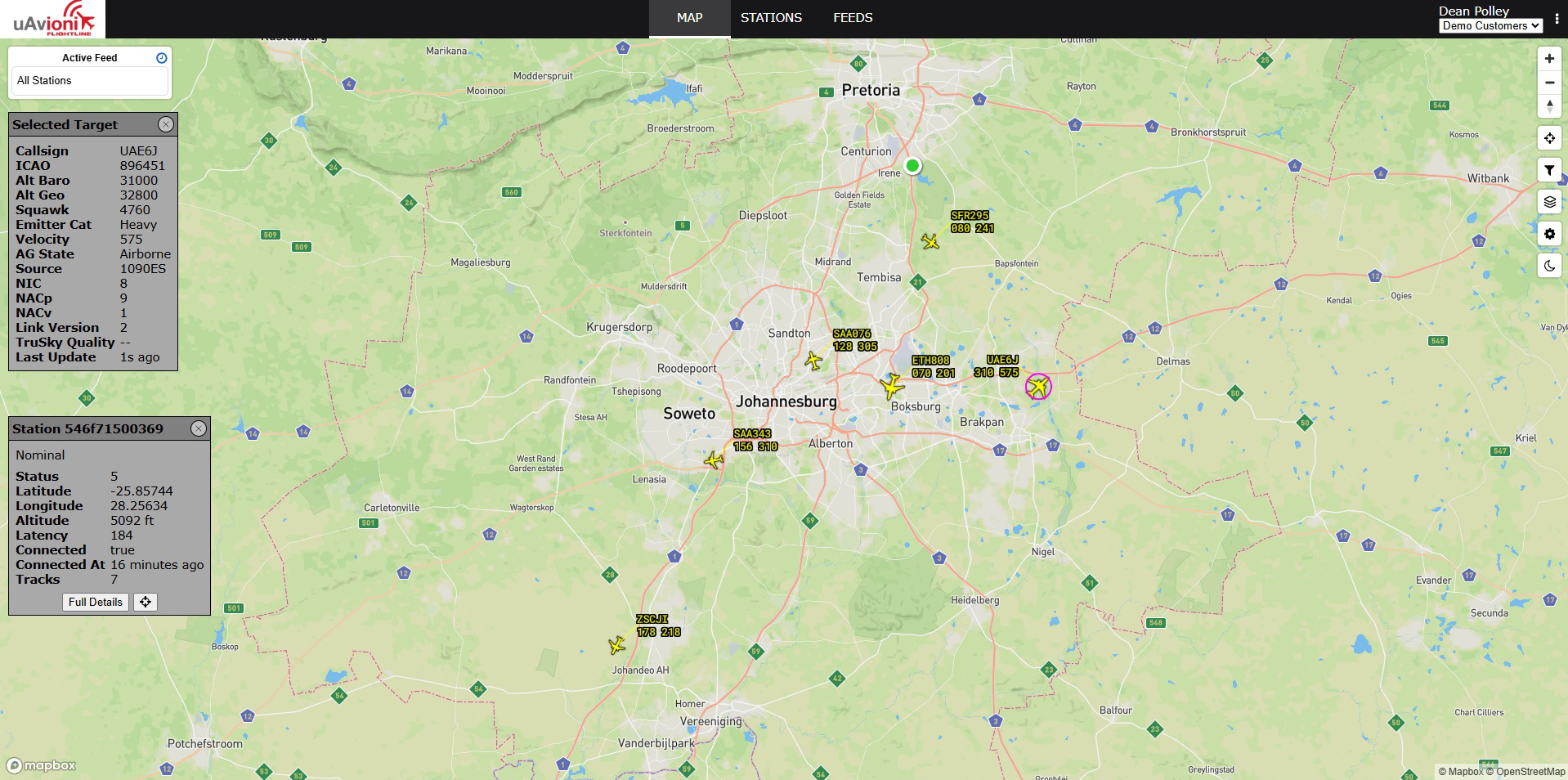
Q: What are the main challenges for the adoption of these air traffic surveillance solutions in Africa, and how does SSASS Holdings plan to overcome them?
A: The main challenge currently is the lack of regulatory mandates for the adoption and implementation of ADS-B. In the absence of regulatory mandates, the implementation of ADS-B surveillance is voluntary rather than mandatory. To overcome this, SSASS Holdings is planning to implement trial installations at key locations and use these trials to demonstrate to stakeholders the value of implementing these solutions.
We are currently in discussions to implement FlightLine at one of the private airports in South Africa and at the Konza Technopolis drone corridor in Kenya. The Kenya deployment will be used as a showcase for the Kenya Civil Aviation Authority (KCAA), where we will safely demonstrate both General Aviation and drone ADS-B air traffic in the same airspace. I believe that once the first few deployments are live and end users see the benefits of the solution, the rest of the industry will follow.
Q: How cost-effective are these solutions compared to traditional radar-based tracking systems, and what impact do they have on the overall operating costs for airports and aviation authorities?
A: Traditional Secondary Surveillance Radar systems, such as Monopulse Secondary Surveillance Radar (MSSR), are complex installations that require substantial infrastructure. For example, Poland’s recent contract with Indra Sistemas amounted to $284 million for 15 radar control systems, averaging approximately $18.9 million per system. These systems necessitate considerable civil works, ongoing maintenance, and operational costs. Additionally, they often require dedicated personnel for continuous operation and monitoring.
In contrast, uAvionix’s FlightLine offers a cost-effective and flexible pricing alternative.
The system utilises a network of low-cost, low-profile FlightStation ADS-B ground receivers to capture signals from aircraft and ground vehicles on both the 978 MHz and 1090 MHz bands. This modular approach reduces the need for extensive infrastructure and allows for rapid installation. For instance, uAvionix has successfully delivered FlightLine capabilities to eight major airports in the US in under 120 days. The system’s cloud-based architecture also minimises maintenance requirements and operational costs.
Depending on the number of FlightStation installations at an airport and the air traffic volume, annual subscription pricing ranges from $100,000 to $5,000 per annum.
Q: As a reseller partner of uAvionix Corporation in Africa, how do you foresee the adoption of these technologies shaping the future of aviation safety in the region?
South Africa has recently published its first ADS-B mandate, which is due to take effect on 12 June 2025. All aircraft operating in Class A and Class C airspace are mandated to be equipped with a Mode S and ADS-B Out transponder. For the 12 June mandate, only Class C airspace around OR Tambo International and Cape Town International Airports will be subject to this requirement. Going forward, the ADS-B mandate will be implemented in a phased approach, but not before 2027. The technologies apply to both General Aviation and drones.
I participated in the annual Airweek event in Middleburg on 8 March, and the interest was significant. It was apparent that owners of light sport aircraft have already equipped their aircraft with ADS-B technology simply because it enhances their situational awareness and improves air safety. I believe that adoption will increase over time, and as a reseller partner, we will continue engaging with the industry to create awareness of the benefits of this technology.
